
Date: 12 February 2024
In the pursuit of sustainable and energy-efficient living, selecting the right windows for your home is crucial. Energy Star, a trusted symbol for energy efficiency, extends its influence on windows, offering consumers a reliable benchmark for making environmentally conscious choices. Therefore, it is important that companies follow the Energy Star requirements in their production to leverage energy efficient insulated windows.
Understanding Energy Star Rating
Energy Star-rated windows are designed to meet energy efficiency guidelines set by the U.S. Environmental Protection Agency (EPA). These guidelines consider factors such as U-factor, solar heat gain, and air leakage. By opting for windows with the Energy Star label, homeowners can significantly reduce energy consumption, lower utility bills, and decrease their carbon footprint.
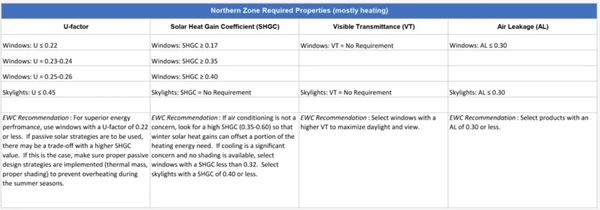
Key Features of Energy Star Rated Insulating Windows
- Enhanced Insulation: Energy Star-rated windows are equipped with advanced insulation technologies, such as low-emissivity (Low-E) coatings and multiple glazing layers. These features help in minimizing heat transfer, keeping homes cooler in the summer and warmer in the winter.
- UV Protection: The windows are designed to block harmful ultraviolet (UV) rays, not only safeguarding your furniture and flooring from fading but also contributing to a more comfortable indoor environment.
- Reduced Air Leakage: Properly sealed Energy Star windows significantly reduce air leakage outside in, and inside out, preventing drafts and ensuring a more consistent indoor temperature. This feature enhances comfort while lowering the workload on heating and cooling systems.
- Solar Heat Gain Control: Energy Star-rated windows are optimized to control solar heat gain, allowing natural light to enter while minimizing heat transfer. This balance ensures a well-lit and comfortable living space without excessive energy consumption.
How Does Insulating Gas Concentration Relate to Energy Star?
Thermal Insulation: The insulating gases, such as argon or krypton, are denser than air. When these gases are sealed between windowpanes, they reduce heat transfer through the window. This helps to improve the window’s U-value, which is a measure of how well a window insulates. Lower U-values indicate better insulation.
Energy Star Requirements: Energy Star sets criteria for U-values that windows must meet to qualify for the label. The use of insulating gases is one of the factors considered in meeting these criteria. Windows with a lower U-value, achieved in part by insulating gases, are more likely to meet the Energy Star requirements.
Climate Zone Considerations: In different climate zones, the concentration of insulating gases might be adjusted to optimize energy efficiency. For example, in colder climates, a higher concentration of insulating gas may be used to enhance thermal performance.
Comfort and Energy Savings: Windows with proper insulating gas concentrations contribute to a more comfortable indoor environment by minimizing heat loss in the winter and heat gain in the summer. This, in turn, can lead to energy savings as the heating and cooling systems have to work less to maintain a consistent indoor temperature.
Conclusion
Investing in Energy Star-rated insulating windows is a proactive step toward a more energy-efficient and environmentally conscious building. When looking for Energy Star-rated windows, it’s not only the U-value that matters but also the specific features of the window construction, including the type and concentration of insulating gases used. Manufacturers of Energy Star-rated windows provide details on the window specifications, including the presence and concentration of insulating gases. By prioritizing these windows, homeowners not only enjoy the immediate benefits of lower utility bills and increased comfort but also contribute to a greener and more sustainable future. Therefore, following the Energy Star requirements is crucial to make energy efficient insulated windows.
 600450
600450

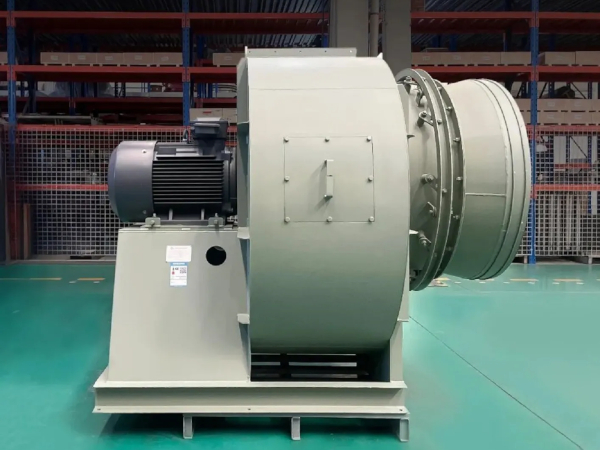
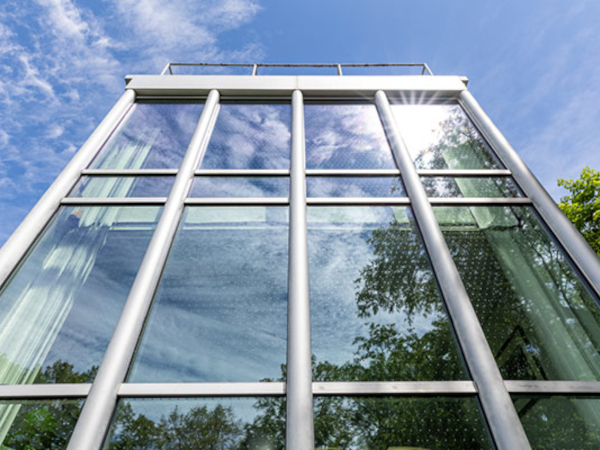

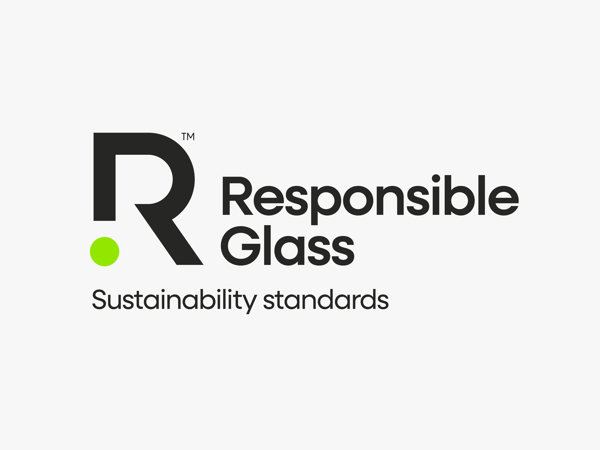
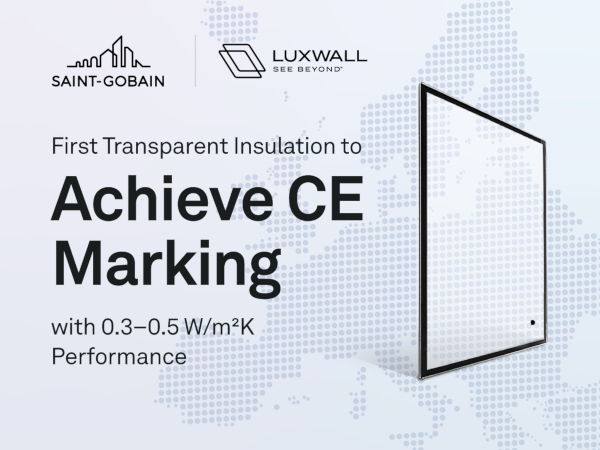









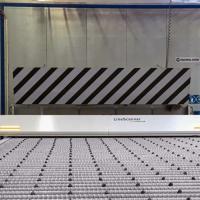

Add new comment